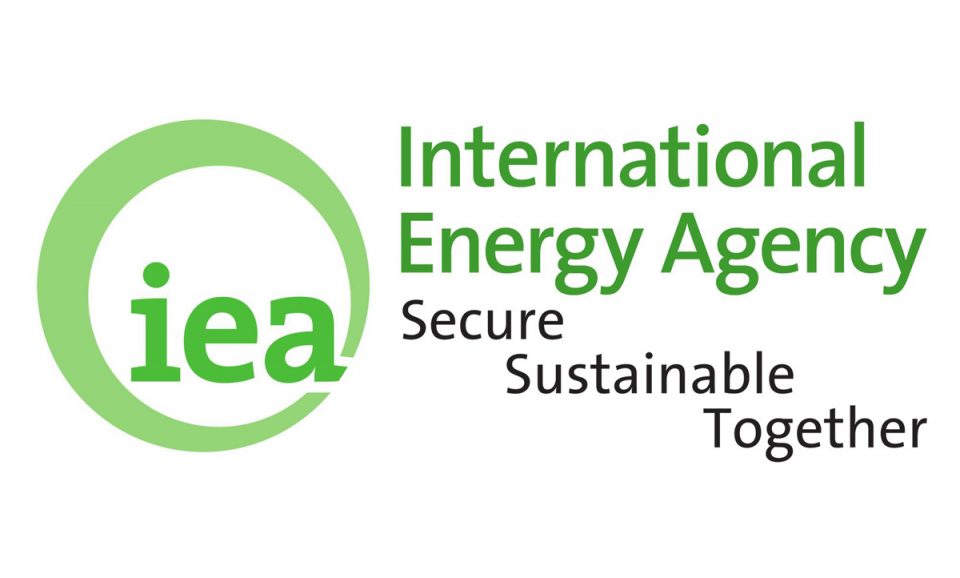Photo caption: International Energy Agency (IEA) logo
The International Energy Agency (IEA), the International Energy Forum (IEF) and the Organization of the Petroleum Exporting Countries (OPEC) held the 11th Joint IEA-IEF-OPEC Workshop on the Interactions between Physical and Financial Energy Markets at the OPEC Secretariat in Vienna, Austria.
The high-level technical meeting was chaired by OPEC Secretary General, HE Haitham Al Ghais, together with the Secretary General of the IEF, HE Jassim Alshirawi, and Ms. Toril Bosoni, Head of the Oil Industry and Markets Division of the IEA.
Discussions during the workshop had three sessions. The first addressed the ‘Recent factors impacting oil market volatility’. This was followed by a second session on ‘Exploring global oil trade flows, inter-regional arbitrages, and their impact on major crude benchmarks’. The third session covered ‘Financing opportunities to sustain oil and gas developments’.
In his remarks, HE the OPEC Secretary General highlighted OPEC forecasts showing that “the oil sector requires cumulative investments of $17.4 trillion by 2050. This is necessary to meet rising demand, and to counter decline rates, with the latter requiring an additional 5 mb/d on average every year just to stay at current overall supply levels. For this reason, OPEC has repeatedly called for greater investments in the oil industry. All our actions and activities, especially under the umbrella of the DoC have been to facilitate an investment enabling environment. Such an environment requires sustainable stability in the oil market.”
The IEF Secretary General told participants that: “More inclusive dialogue is needed for scenarios to better guide decision makers navigating geoeconomic shifts on real world energy markets. Overcoming the energy trilemma requires a three-pronged approach: 1) Predictability to sustain trade and investment in fossil fuels and clean energy technologies. 2) Complementary policies to ensure interconnected energy and technology markets function without friction, reducing price volatility and increasing affordability 3) Enhanced collaboration on physical and financial energy market transparency, including clean energy technology and sustainability data”, he said.
Ms. Bosoni of the IEA noted that “commodity markets currently face a great deal of uncertainty and following a period of relative calm we have seen an increase in volatility. It is therefore very timely that we bring together expert speakers from the oil industry, trading community, financial participants, price reporting agencies, as well as producer and consumer governments to gain a better understanding of the interaction and interlinkages between these complex markets and the key factors driving price formation. Given today’s heightened uncertainty, we are reminded once again of the importance of reliable and timely energy data and constructive dialogue that is at the core of the longstanding collaboration between our three organizations.”
The Joint Workshop is part of the trilateral work programme established by the three organizations and endorsed by energy ministers at the 12th International Energy Forum in Cancún, Mexico, in March 2010. Since then, the joint IEA-IEF-OPEC meetings covering the evolving inter-linkages between physical and financial energy markets have developed into a unique, high-level technical events that bring together a diverse range of market participants to discuss issues that are not addressed in other high-level fora.



